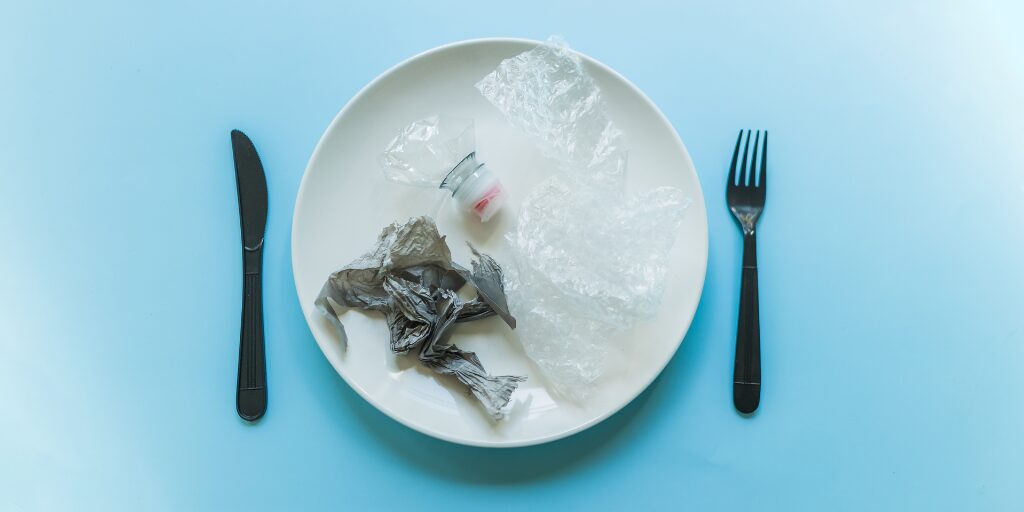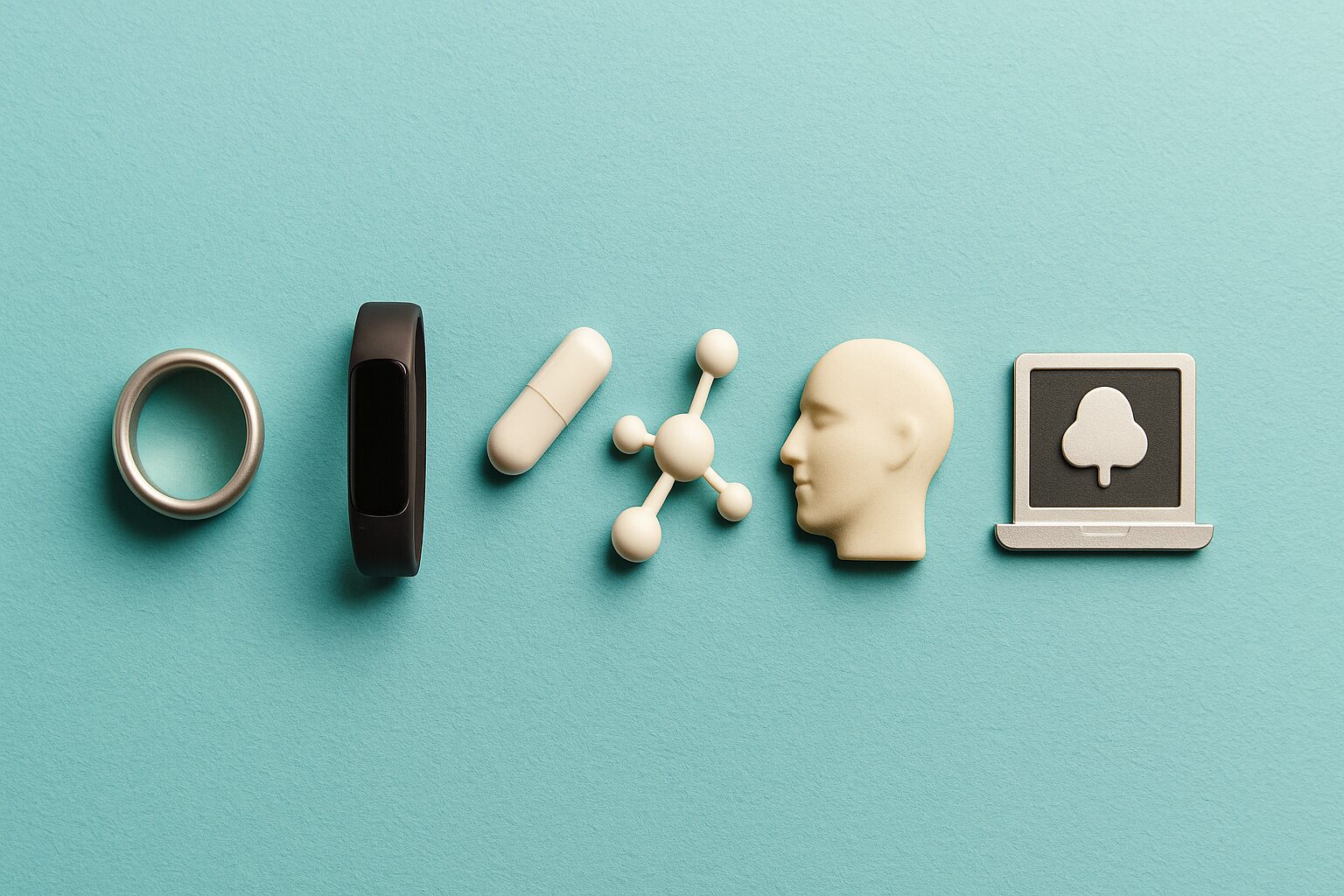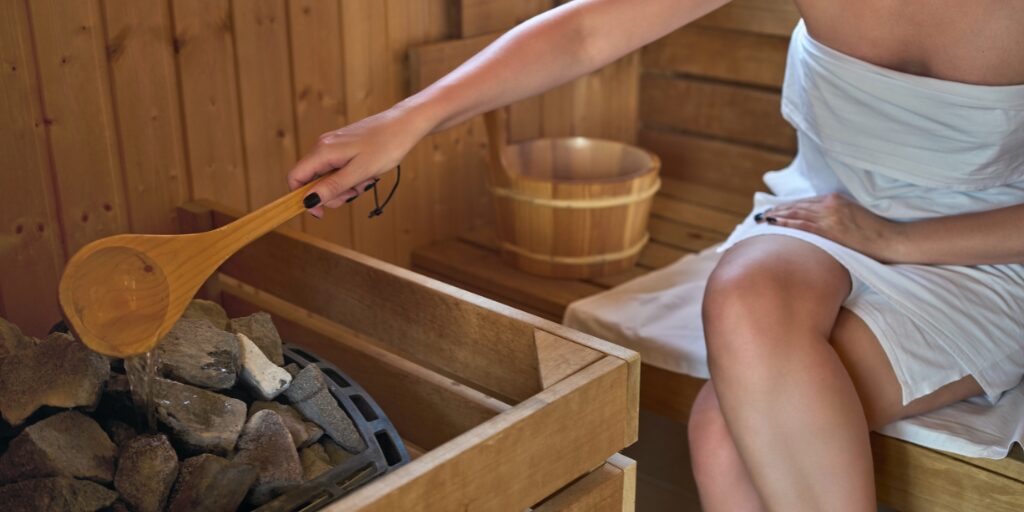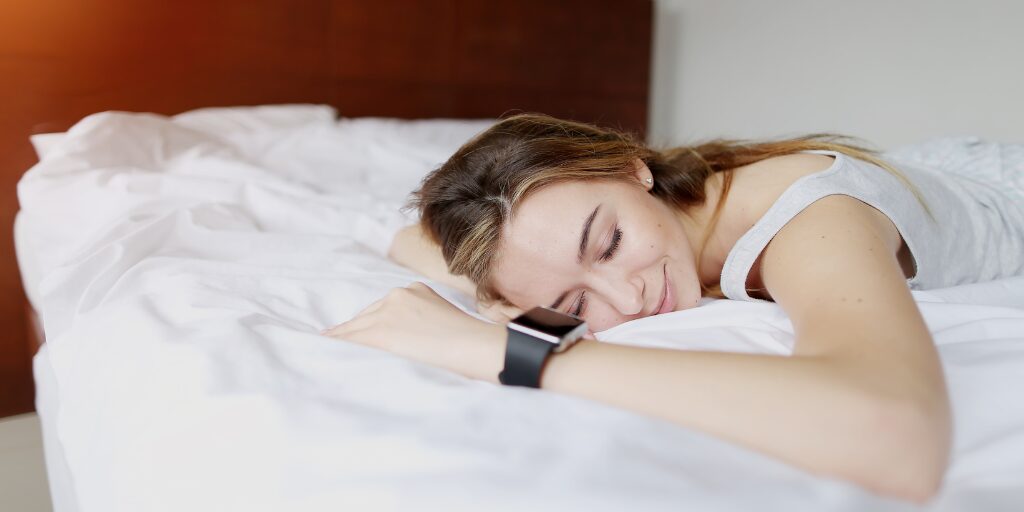Microplastics, tiny fragments of plastic less than 5 mm in diameter, are now found in air, water, soil and even inside our bodies. Studies detect these particles in drinking water, seafood, table salt and the air we breathe. As concern grows over potential long-term health effects, including inflammation, oxidative stress and gut barrier disruption, a handful of companies claim to remove them from the body. Emerging nutritional research also points to everyday foods that may blunt microplastic-induced damage. Lyfecity examines both approaches so you can decide which makes sense for your health and budget.
Clarify Clinics: A Medical Approach to Microplastic Detox
Clarify Clinics launched in early 2024 to tackle environmental toxin overload. Their flagship program combines chelation therapy, antioxidant infusions, and liver-support supplements. According to their website and patient testimonials, clients report measurable reductions in microplastic markers, improved energy levels, clearer skin, and better digestion within weeks.
Core Treatment Components
- Chelation Infusions
Intravenous EDTA and related agents bind to positively charged particles, including microplastic fragments, so they can be excreted in urine. - Antioxidant Drips
High-dose vitamin C, glutathione and alpha-lipoic acid neutralize free radicals generated by microplastic exposure. - Oral Supplements
A proprietary herbal complex featuring milk thistle, dandelion and turmeric supports liver enzyme activity and kidney filtration over 30 days.
Evidence and Limitations
- Lab Data
Before-and-after blood and urine assays show lower levels of plastic-related biomarkers, but assays are not yet standardized and lack broad peer-reviewed validation. - Clinical Trials
No large-scale trials confirm chelation’s effectiveness for microplastic removal. Existing research focuses on heavy metals such as lead and mercury. - Safety Profile
Improper chelation can deplete essential minerals and strain kidneys. Side effects such as headache, nausea and allergic reactions have been reported. - Cost and Accessibility
Initial packages start at $1 500 and monthly maintenance can exceed $2 000. Insurance rarely covers protocols aimed at microplastic removal.
Foods That May Counteract Microplastic Damage
A 2006 review in Environmental Health Perspectives (PMC11803829) examined how dietary components can mitigate toxicity from ingested particles, including micro- and nanoplastics. Although direct human trials remain scarce, animal and cell-culture studies on nanoparticles and pollutants offer key insights.
| Nutrient Group | Protective Mechanism | Top Food Sources |
|---|---|---|
| Dietary Fiber | Binds particles in the gut, reducing absorption and speeding elimination | Oats, barley, legumes, apples, carrots |
| Antioxidant Phytochemicals | Neutralize reactive oxygen species and reduce inflammation | Berries, dark leafy greens, green tea, colorful veggies |
| Omega-3 Fatty Acids | Modulate inflammatory cytokines and protect cell membranes | Salmon, sardines, flaxseeds, chia seeds |
| Sulfur-Containing Compounds | Enhance glutathione production and phase II detox enzymes | Broccoli, Brussels sprouts, garlic, onions |
| Probiotics and Prebiotics | Strengthen gut barrier and microbiome diversity, limiting particle translocation | Yogurt, kefir, sauerkraut, kimchi, onions, leeks, bananas |
| Polyphenols and Flavonoids | Inhibit oxidative stress pathways and support endothelial health | Dark chocolate (70 percent+), red grapes, citrus fruits |
Deep Dive Into Key Foods
- Oats and barley contain beta-glucan fiber that forms gels in the gut to trap microplastics and speed elimination.
- Berries and leafy greens supply anthocyanins and chlorophyll that scavenge free radicals generated by lodged particles.
- Fatty fish provide EPA and DHA, omega-3s that reduce chronic inflammation linked to particulate exposure.
- Cruciferous vegetables yield sulforaphane, a compound that induces liver detox enzymes.
- Fermented foods supply probiotic strains that reinforce intestinal tight junctions, making it harder for microplastics to penetrate.
Practical Tips for Incorporation
- Blend oats, spinach, berries and flaxseed into a morning smoothie.
- Eat fatty fish or sprinkle chia seeds on yogurt twice weekly.
- Add sauerkraut or kimchi as side dishes.
- Snack on raw broccoli florets or baby kale with hummus for daily sulfur compounds.
Anthocyanins Offer Reproductive Protection Against Microplastic Toxicity
Research by Jiaojiao Zhang and colleagues shows that micro- and nanoplastics behave like endocrine disruptors, triggering oxidative stress, inflammation and hormone imbalances in both male and female reproductive tissues. Their review highlights anthocyanins—vibrant pigments found in berries, red cabbage and purple corn—as effective natural agents to counter these damaging effects.
What the Plastics Do
- Polymers such as polyethylene, polystyrene, polypropylene, PET and PVC can accumulate in testes, ovaries and embryonic tissues.
- They disrupt germ-cell development and steroid-hormone gene expression by activating stress pathways (p38 MAPK), suppressing antioxidant defenses (Nrf2) and igniting inflammatory cascades (NF-κB and JAK-STAT).
How Anthocyanins Help
- Restoring Hormone Receptor Function
Animal studies with cyanidin-3-glucoside (C3G) showed that it binds to androgen and estrogen receptors, reversing receptor down-regulation caused by plastic particles and protecting testicular structures such as the seminiferous tubules and epididymis. - Neutralizing Oxidative Stress and Inflammation
Anthocyanins scavenge reactive oxygen species and inhibit pro-inflammatory cytokines, preserving ovarian follicle integrity and reducing testicular cell damage in rodent models. - Rebalancing Cellular Defense Pathways
By blocking p38 MAPK activation and boosting Nrf2/HO-1 signaling, anthocyanins strengthen cells’ own antioxidant systems, making them more resilient to particle-induced injury.
Key Experimental Findings
- C3G supplementation improved sperm count, motility and testis histology in rodents exposed to oxidative insults.
- Female animals treated with C3G maintained normal ovarian-follicle numbers and stable estrogen levels, even when challenged with cadmium or plastic-associated toxins.
- Molecular docking analyses suggest anthocyanins can out-compete plastic monomers at steroid-receptor binding sites, directly preventing downstream toxic gene signaling.
Getting Enough Anthocyanins
To tap into these protective benefits, include anthocyanin-rich foods daily:
- Berries such as blueberries, blackberries and cranberries
- Purple vegetables like red cabbage and eggplant
- Pigmented grains including purple corn and black rice
Average anthocyanin intake ranges from about 12 mg per day in the United States to 37 mg in parts of Asia. Dietary guidelines in China recommend 50 mg daily to help lower oxidative stress and support overall health.
Final Thoughts
Complete removal of microplastics from the human body remains scientifically unconfirmed. Clarify Clinics’ chelation therapies offer one avenue but carry significant cost and safety considerations. Nutritional strategies grounded in peer-reviewed research—including fiber, omega-3s and especially anthocyanin-rich foods—provide a low-risk, evidence-based way to reduce both the burden and effects of microplastic exposure. Lyfecity will continue to track breakthroughs in clinical trials, dietary interventions and public health guidelines. Until then, focusing on a nutrient-dense diet and minimizing plastic contact is the most practical path to better health in a world awash with plastic fragments.
Frequently Asked Questions
What is chelation therapy and can it really remove microplastics?
Chelation therapy involves intravenous agents like EDTA that bind certain particles so they can be excreted. While FDA-approved for heavy metals, its effectiveness for microplastic removal lacks large-scale clinical validation.
Which foods are most effective at binding or eliminating microplastics?
High-fiber foods such as oats, barley and legumes can trap particles in the gut. Fermented foods and probiotics support gut barrier integrity, and antioxidant-rich fruits and vegetables help neutralize oxidative stress from trapped plastics.
How do anthocyanins protect reproductive health from microplastic toxicity?
Anthocyanins like cyanidin-3-glucoside interact with androgen and estrogen receptors to normalize gene expression. They also scavenge free radicals and regulate stress pathways to reduce damage in reproductive tissues.
Can dietary changes alone prevent microplastic accumulation?
Diet helps reduce absorption and mitigate damage but cannot guarantee full prevention. Combining a low-plastic lifestyle with targeted nutrition offers the best defense based on current research.
Are any of these approaches covered by health insurance?
Most chelation protocols for microplastic removal are considered experimental and are not covered. Nutritional strategies carry minimal cost and are generally accessible through dietary adjustments and supplements.




